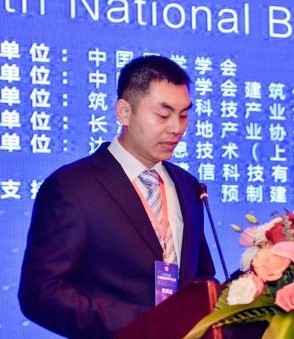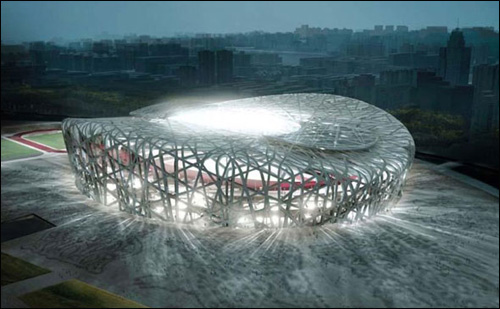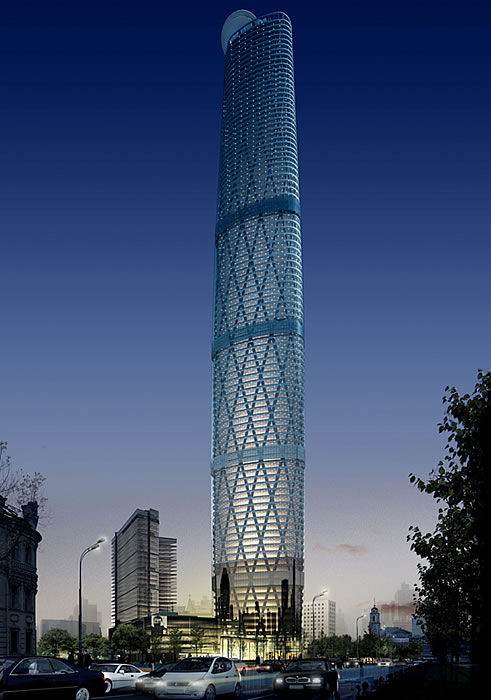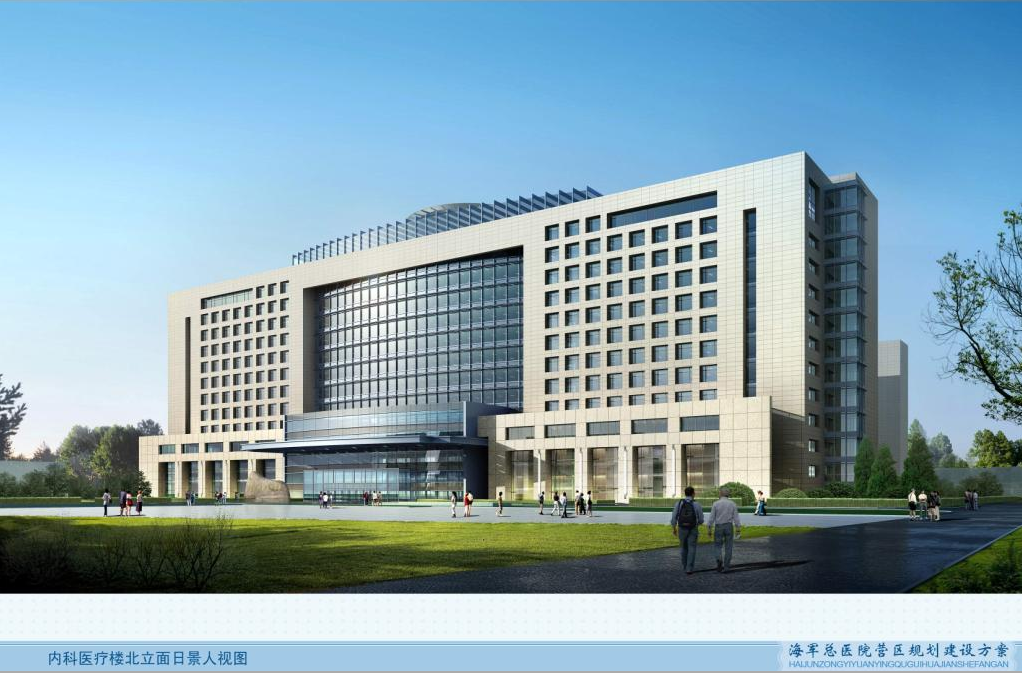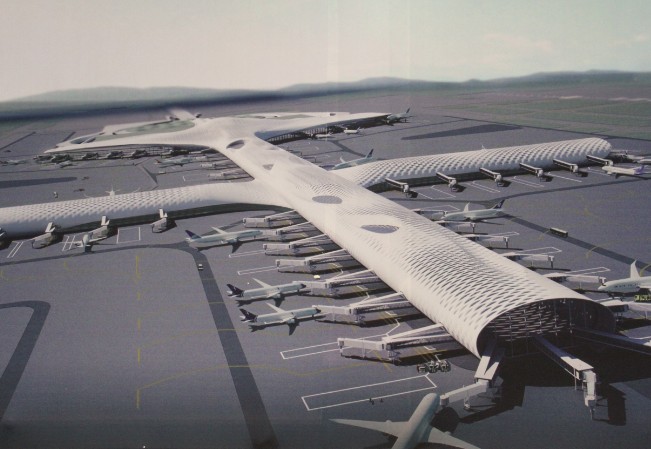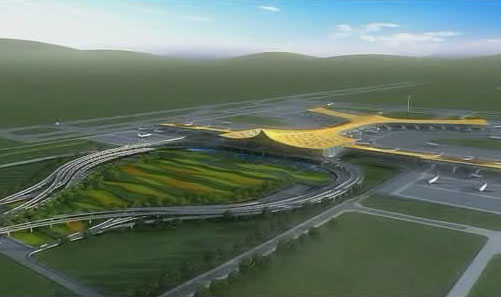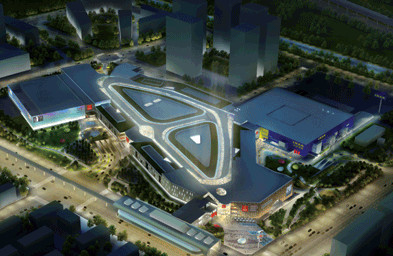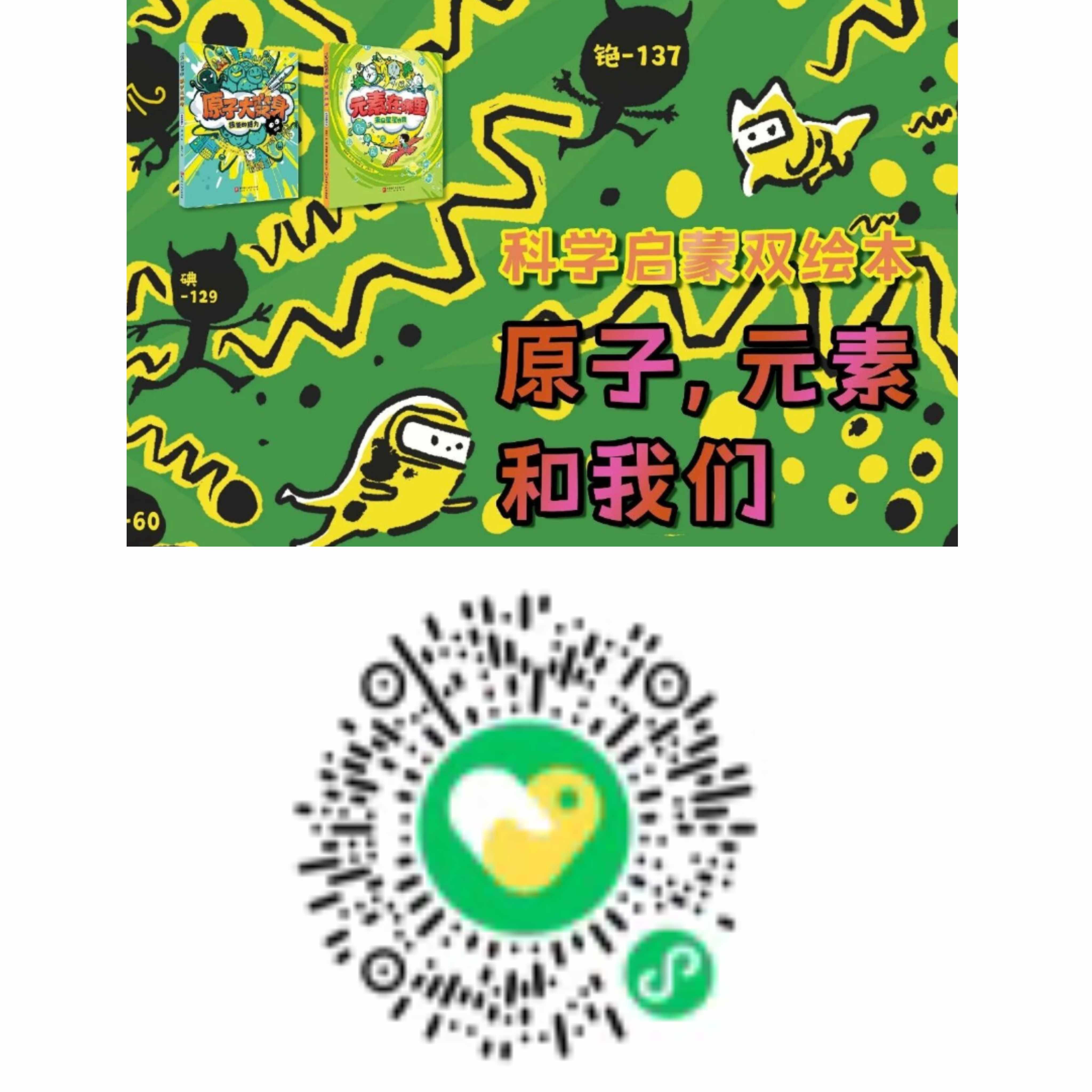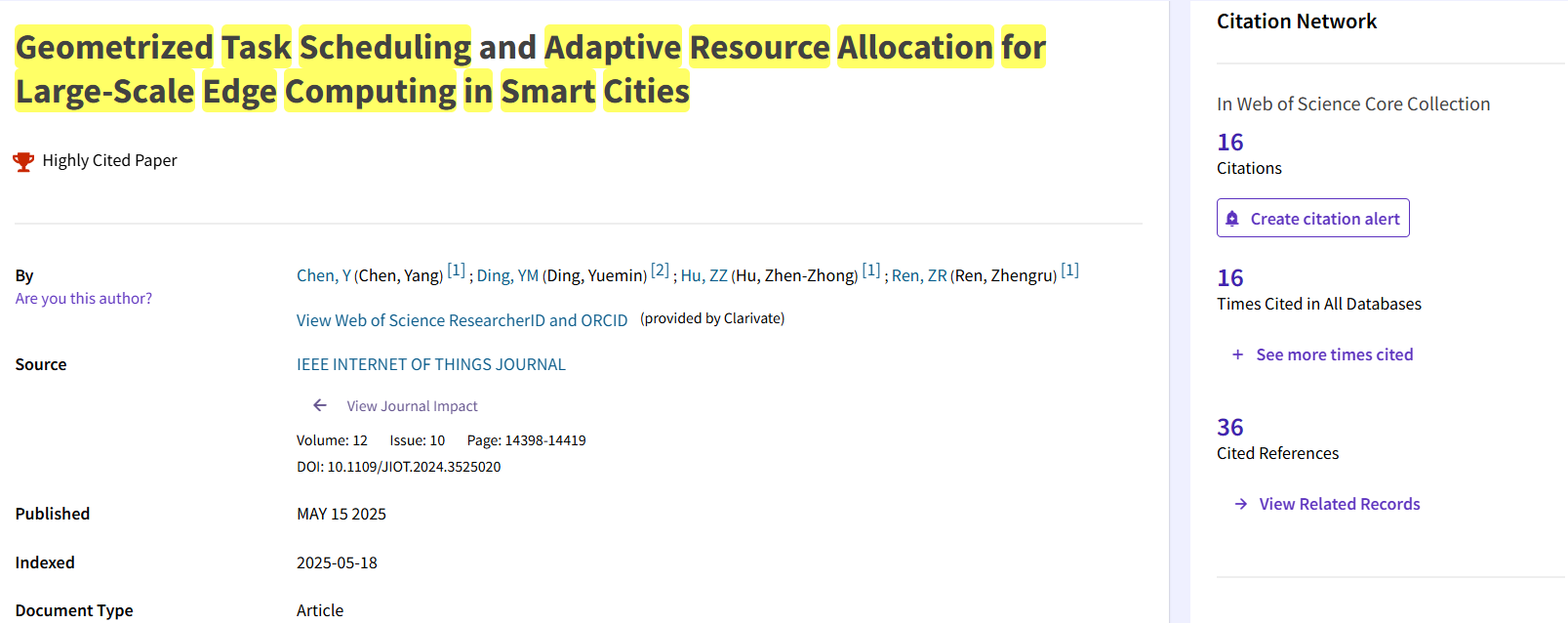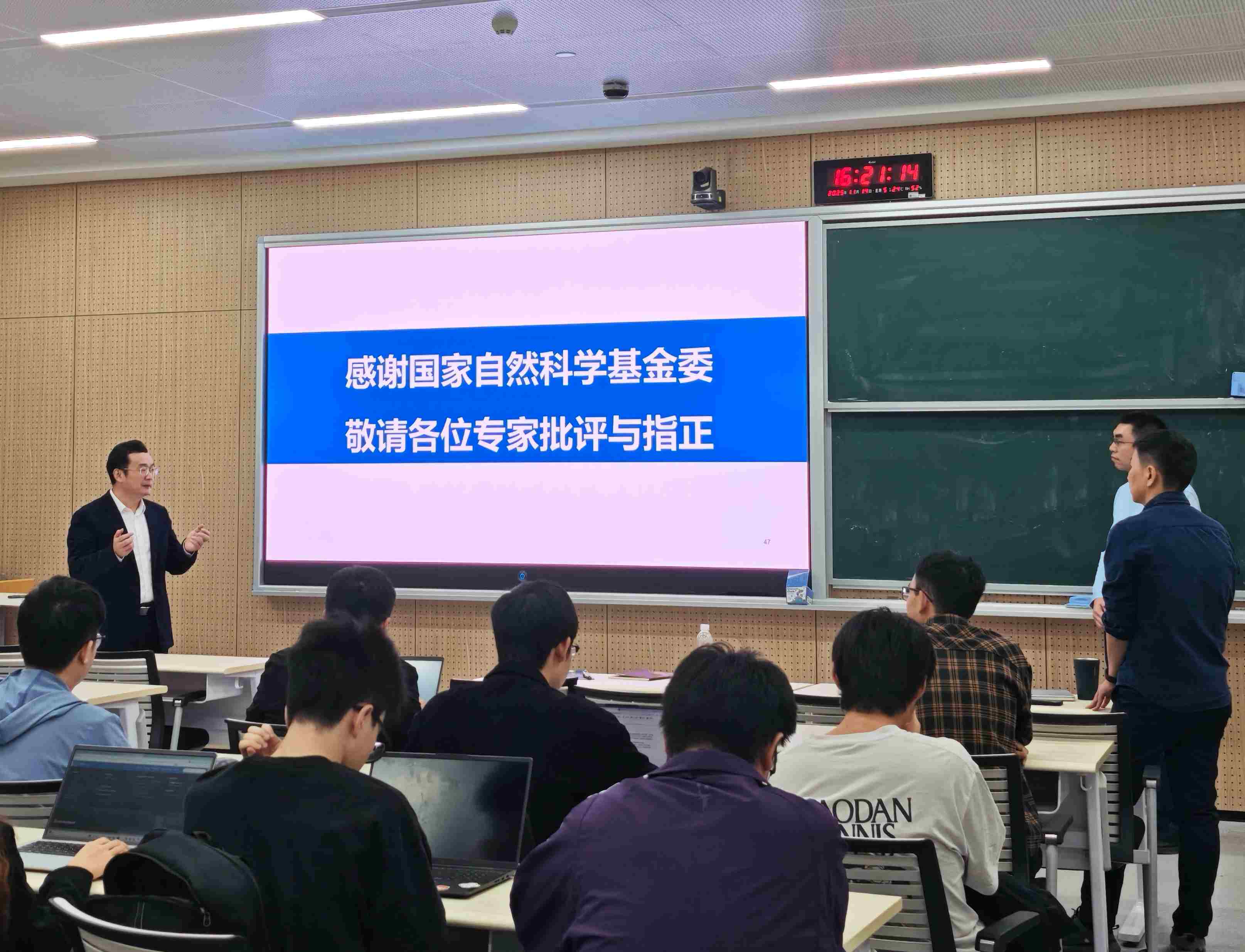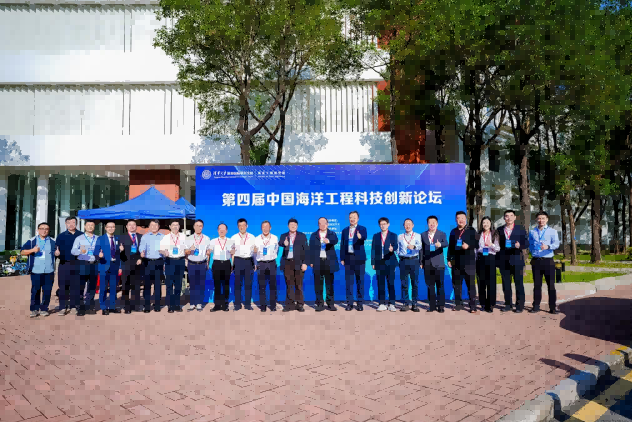On November 1st, the 4th China Ocean Engineering Science and Technology Innovation Forum and the Inauguration Ceremony of the Journal "Ocean" were grandly held at Tsinghua SIGS, co-organized by Tsinghua SIGS and the Institute of Ocean Engineering of Tsinghua University, which was hosted by the Chinese Society of Oceanography. Academicians Zhang Jianmin and Ou Jinping of the Chinese Academy of Engineering, Liu Bilu, the vice dean of Tsinghua SIGS, relevant officials from the Shenzhen Marine Development Bureau, and nearly 400 experts and scholars from more than 30 domestic universities, enterprises and institutions attended this forum together.
This forum, with the theme of "Empowering with Digital Intelligence, Advancing into the Deep Sea", focuses on the key "pain points" in the field of Marine engineering. It conducts in-depth discussions on the sustainable development path of deep-sea exploration and the construction of a maritime power, aiming to promote the coordinated development of the innovation chain and the industrial chain, facilitate the deep integration of industry, academia, research and application, and lead Marine engineering towards intelligence, greenness and unmanned operation. During the forum, the launch ceremony of the journal "Ocean" was held simultaneously. This journal is hosted by Tsinghua University and published by Tsinghua University Press. Institute for Ocean Engineering provides academic support. It is fully independently built and operated based on the SciOpen platform. In the future, it will be committed to building a high-level international academic exchange platform in the field of Marine engineering. At the end of the forum, I made a concluding speech.
The successful holding of this forum not only consolidated the consensus of multiple parties including industry, academia and research, but also provided an important platform for global scholars to share innovative achievements, and will become a bridge to promote the development of disciplines and the transformation of achievements.
